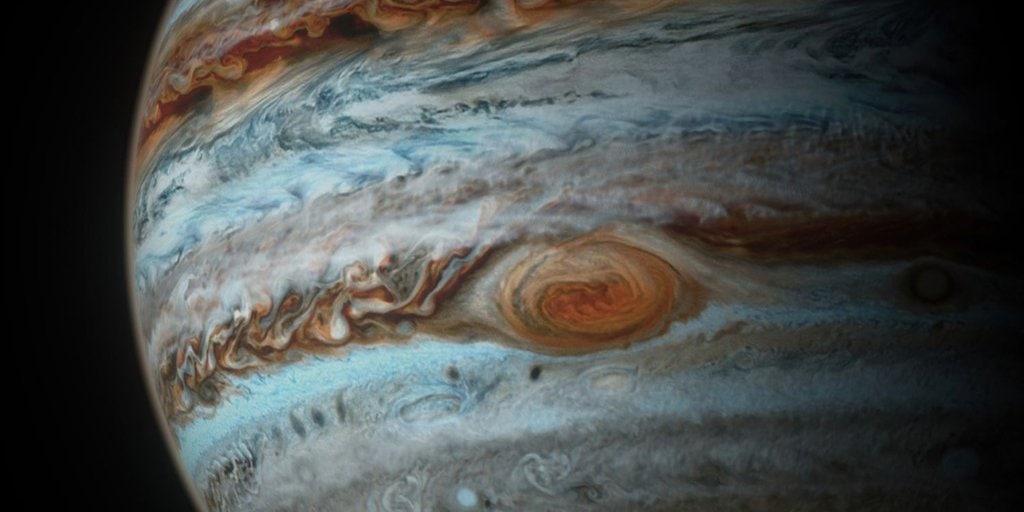
For centuries, Jupiter’s Great Red Spot has fascinated humans. This enormous storm, visible even through small telescopes, has long been considered a permanent fixture of the gas giant’s turbulent atmosphere. However, recent studies suggest that the Great Red Spot we know today may not be the same storm first observed in the 17th century. Let’s dive into the research that challenges our understanding of this feature.
The Discovery of the “Permanent Spot”
Italian astronomer Giovanni Cassini documented a huge dark spot on Jupiter in 1665. He named it the “Permanent Spot.” This observation was notable for its time because it marked one of the earliest recorded sightings of Jupiter’s atmospheric features. This spot was believed to be the predecessor of the modern Great Red Spot.
Despite its initial prominence, the “Permanent Spot” mysteriously vanished from astronomical records after 1713. It wasn’t until 1831, more than a century later, that a new spot appeared at the same latitude, which has been identified as the Great Red Spot we observe today.
The Spot’s Formation and Evolution
According to planetary scientist Agustín Sánchez-Lavega and his colleagues, measurements of the sizes and movements of these spots strongly suggest that the original “Permanent Spot” and the current Great Red Spot are not the same entity. Using historical data and modern computer simulations, Sánchez-Lavega’s team has developed a theory on the formation of the Great Red Spot.

Wikimedia Commons // Jpchevreau // CC BY-SA 4.0Their research indicates that the current spot likely formed due to wind instability, resulting in an elongated atmospheric cell. This newer storm has persisted for about 190 years, significantly shorter than the timeline previously believed if it were the original spot observed by Cassini.
The Shrinking Giant on Jupiter
One of the most intriguing aspects of the Great Red Spot is its changing size. Observations from 1879 recorded the spot’s longest axis at 24,200 miles. Today, the storm measures 8,700 miles along its longest axis.
This dramatic shrinkage raises questions about the storm’s future. Will it continue to dwindle and eventually vanish like the “Permanent Spot?” Further simulations and observations are needed to predict the fate of this iconic storm.